Groups A, B and C came into being in 1982. C rocketed along the Mulsanne Straight at Le Mans. B howled through the world’s forests.
And A? Well, A looked a bit like something your Dad drove.
So how come Andy Rouse’s 2-litre ‘repmobile’ was able to overtake a Formula 3000 single-seater on Silverstone’s Hangar Straight? Because, by 1988, a Group A Ford Sierra RS500, with its bigger turbo, larger that and uprated the other, was good for more than 500bhp – double that of the standard car – and 180mph.
Which meant, of course, that it was a sitting duck for ‘Godzilla’ – Nissan’s twin-turbo, all-wheel-drive Skyline GT-R, its four-wheel steering disabled for racing purposes.

As ‘modified touring cars’, their brakes were free, and so were their exhaust manifold, pistons and camshafts. Suspension could be altered, too, although its original mounting points were sacrosanct. Oddly, some interior panels had to be retained, too.
The general idea was to place limits on power, (light) weight, technological complexity and cost. But the ingenuity was released from its bottle when the governing body allowed ‘Evolution’ models: a production run of 500 – in theory! – base cars adapted for competition. The original number for approval had been 5000.
As a result, backstage manoeuvring between manufacturers was as frantic as the on-track action. For example, nobody is quite sure how rugged Scot Tom Walkinshaw, the quintessential no-nonsense touring car driver/team boss – “Nae grip, nae grunt, nae brakes!” – squeezed Jaguar’s XJS through the loopholes. Even BMW didn’t expect its 635CSi to get the nod. And should a ‘boxy but good’ Volvo 240 Turbo – aka ‘The Flying Brick’ – really have gone so quickly?

Just be glad that they did. Under-braked and under-tyred, these wolves in sheep’s clothes were a hoot to watch when driven by the likes of Martin Brundle, Gerhard Berger and Johnny Cecotto.
Their appeal was strong and the marketing men realised that they were on to something. So, in 1987, the long-established European Touring Car Championship morphed into a world series. Sadly, it was a disaster – despite a David-v-Goliath battle between iconic models: RS500 and BMW M3.
The entry fee was set too high for bedrock privateers – $60,000 per car bought you a handful of stickers and little else – and the regulations were lost in translation. The Eggenberger-run works Sierra RS Cosworths – they didn’t become RS500s until August – were declared illegal before the opening round at Monza, and BMWs filled seven of the top eight places.
And then the M3s were excluded because their roofs were discovered to be too thin.

A semblance of order had been established – and the title battle was brewing nicely – by the time of October’s Bathurst 1000 in Australia. What should have been a highlight, however, was spoiled by a spat over wheel arches, and Ford’s 1-2 – already restored once after a successful appeal against a protest about illegal fuel – was finally erased from the records.
The titles were eventually shared – Ford won the manufacturers’ and BMW’s Roberto Ravaglia the drivers’ – and all agreed that this expensive experiment had failed. Or had it been sabotaged? There were elements among the sport’s hierarchy that weren’t sorry to see the back of this potential threat to Formula 1’s hegemony.
Its Bernie Ecclestone-inspired ‘replacement’ – an Alfa Romeo 164 ‘silhouette’ called a Procar and powered by an F1-type V10 amidships – did a few demo laps at the 1988 Italian GP. But, in truth, that idea was nothing but noise.
International touring car racing, meanwhile, had returned to its European roots – for another season at least – and Group A would survive until the mid-1990s via various domestic championships boasting increasing global reach through swelling TV audiences.

The latter, however, demanded shorter races and a simpler first-past-the-post system. From its inception, as had its predecessors, Group A allocated points equally across a class system based on engine size. This led to confusion among the uninformed masses. For instance, although Alfa Romeo hadn’t won a single ETCC race from 1982-’85, it had secured four consecutive manufacturer titles due to the dominance of a class by its GTV/6.
The 1986 ETCC, in turn, was a classic, featuring BMW, Ford, Holden, Rover and Volvo – Schnitzer, Eggenberger, Australia’s ‘Brocky’ and ‘Gricey’, TWR and RAS Sport teams – rubbing door handles and swapping paint, verbal barbs and written protests up at the sharp end. All, however, were ‘beaten’ by Toyota’s 1,600cc Corolla GT.
Few noticed. Fewer understood.

It didn’t help matters when Rover’s Win Percy had his title – obtained by a single-point margin, ahead of Ravaglia – rescinded a month after the fact when somebody within the organising body remembered to apply its updated rule vis à vis dropped scores!
Group A touring car racing was far from perfect, clearly, and sometimes its own worst enemy. Thirty years on, however, the incessant bending of the rules that caused so much roaring aggravation now raises rueful smiles.
It’s remembered far more for the sounds of Rover V8 and Jaguar V12, and the sights of an M3 – a racing car that took to the roads – attacking kerbs and the perilous balancing act performed by the likes of Rouse, Klaus Ludwig and Steve ‘Soperman’ in their Sierras-on-steroids.

The high point was the 1988 RAC Tourist Trophy at Silverstone. Laconic Aussie Dick Johnson stunned the regulars with an astounding pole position in his ‘Cossie’ – but it was Rouse’s version, making a one-off ETCC appearance that season and ably co-driven by Alain Ferté, that upset the apple cart by upstaging the works RS500s in this three-hour race.
Because of that unchecked internecine battle at Ford, seventh place, aka first in class, was sufficient for Ravaglia to secure his hat-trick of titles with BMW.
With a 46-car grid – 17 of them RS500s – and the best privateers from either hemisphere taking it to the manufacturer outfits, this was what the World Touring Car Championship could have become given better leadership, more support and more time. Instead just one more race – at anonymous, incongruous Nogaro – lay between its ETCC forebear and a 14-year hiatus.
Images courtesy of LAT
75MM
Group A
2017







